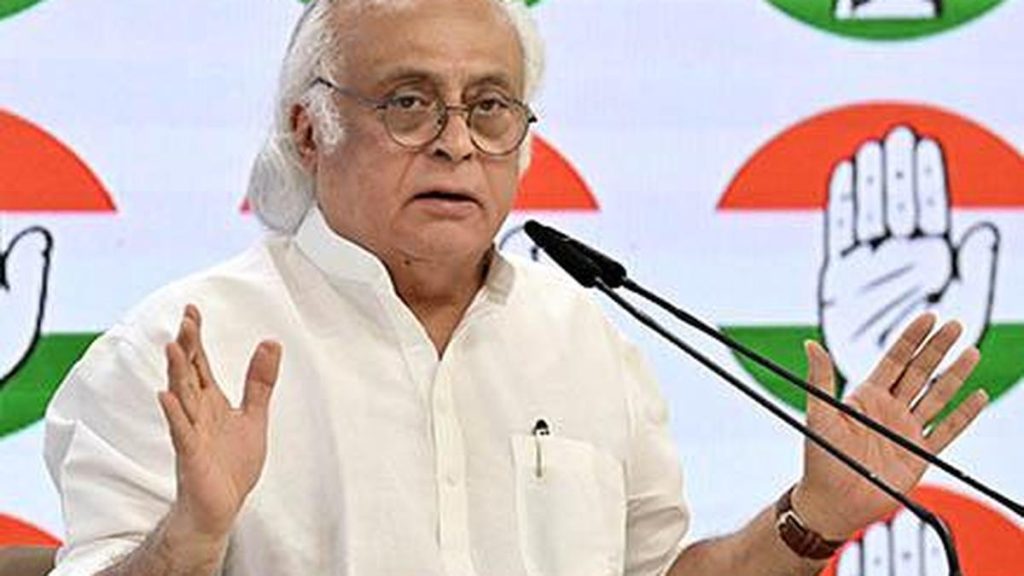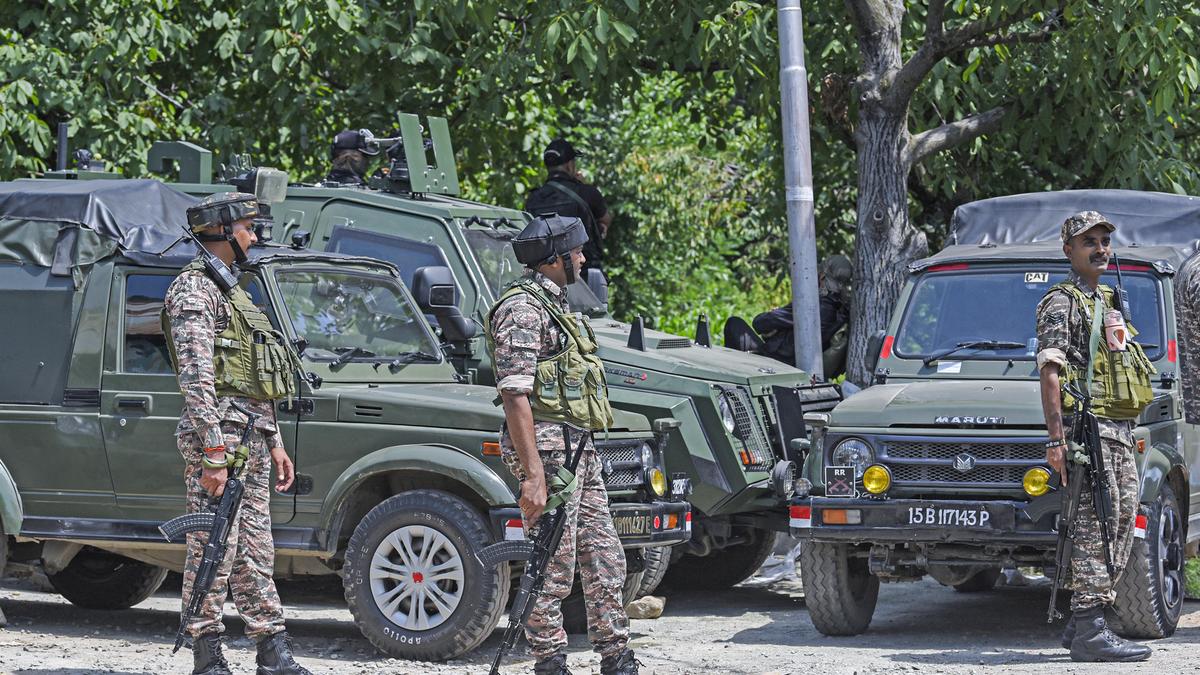Now Reading: DGCA Flags 51 Safety Lapses in Air India Operations
-
01
DGCA Flags 51 Safety Lapses in Air India Operations
DGCA Flags 51 Safety Lapses in Air India Operations
Quick Summary
- The DGCA’s July audit identified 51 safety lapses at Tata-owned Air India, including inadequate pilot training, use of unapproved simulators, and an ineffective rostering system.
- Seven major “Level I” breaches require resolution by July 30; the remaining 44 violations must be addressed by August 23.
- Specific concerns flagged include recurrent training gaps for Boeing pilots, improper route assessments for challenging airports (Category C), and non-standard simulator use for training.
- Air India’s operational issues include exceeding flight duty limits (e.g., a Milan-New Delhi flight exceeded regulatory limits by over two hours) and deploying insufficient cabin crew on four international flights.
- DGCA’s report highlighted systemic lapses such as running planes without proper emergency checks and forged records related to maintenance tasks.
- Air India’s leadership received notices identifying 29 systemic issues after alleged repeated warnings from the regulator. The airline has committed to corrective actions within set deadlines in its response to the audit findings.
indian Opinion Analysis
The DGCA’s findings expose significant systemic flaws in Air India’s operations that could have wide-reaching implications for passenger safety and regulatory compliance within India’s aviation sector. While Tata Group’s ownership of Air India marked a positive shift towards modernization, sustained regulatory scrutiny indicates unfinished progress in meeting global standards of safety oversight. Issues like crew fatigue management align with broader concerns about workplace ergonomics across industries but are particularly critical in aviation where public welfare is directly linked to operational efficiency.
From a consumer perspective, persistent breaches may erode trust unless remedial measures produce tangible improvements quickly-especially given recent accidents drawing attention to airline safety culture throughout India. Recurrent lapses also underline regulatory bodies’ role in ensuring continuous compliance among growing fleets amidst increasing passenger demand and route expansions globally.
Read more: Source
























